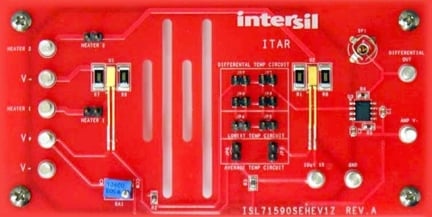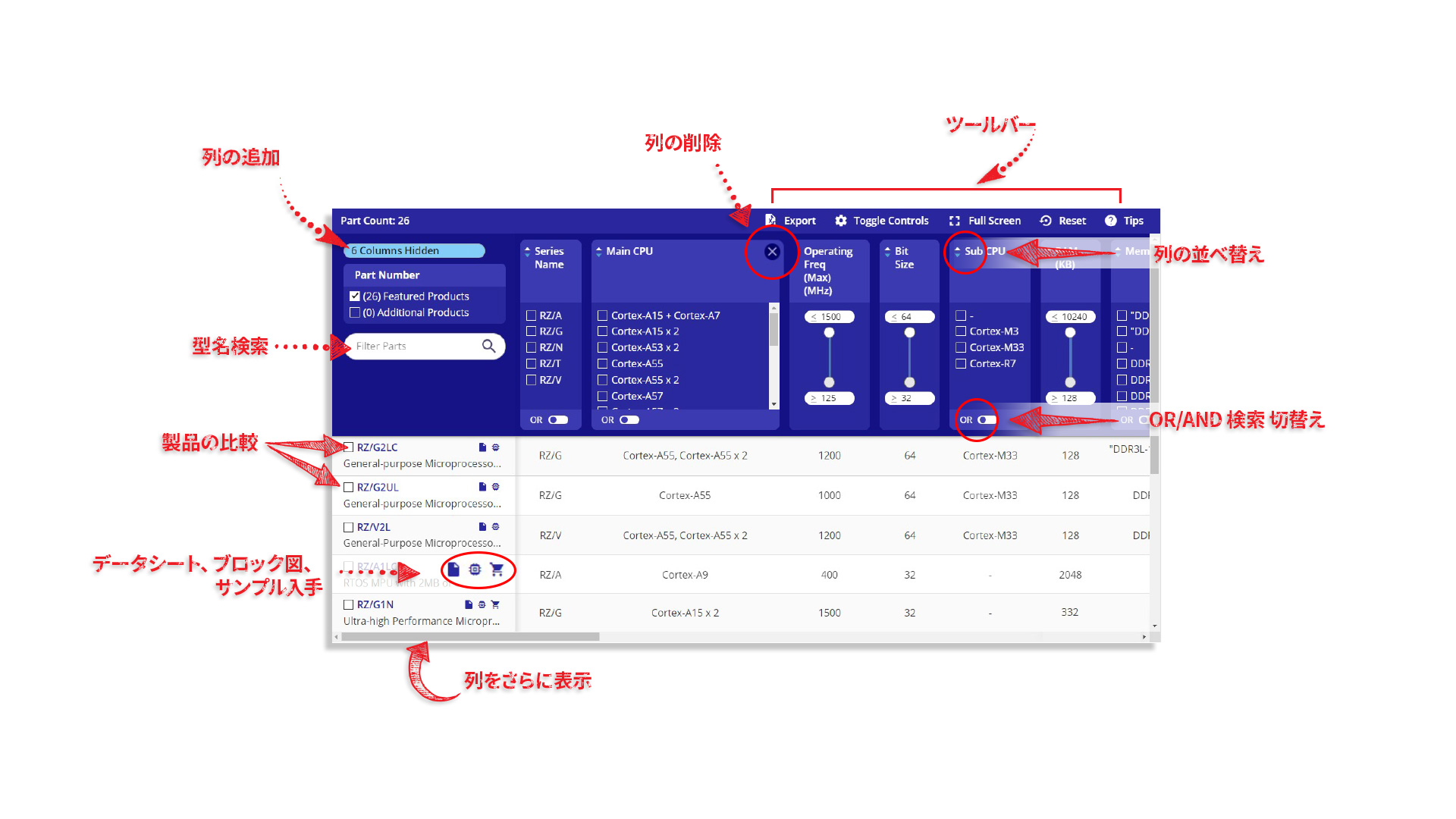概要
説明
The ISL71590SEH is a radiation hardened integrated-circuit temperature sensing transducer which produces an output current proportional to absolute temperature. The device acts as a high impedance constant current regulator passing 1µA/Kelvin for supply voltages between +4V and +33V.
The ISL71590SEHEV1Z evaluation platform supports the ISL71590SEH by highlighting four common application configurations. The evaluation board is composed of two ISL71590SEH devices, both of which can be individually heated and with a slotted PCB they are thermally isolated from each other.
特長
- 50krad(Si) low dose rate (ELDRS) shift: <1 °C
- Linear output current: 1µA/K
- Wide power supply input range: 4V to 33V
- Low power consumption: 1.5mW at 5V
- High output impedance provides excellent rejection to variations in the supply line
- Additional linearization circuitry is not needed for operation
アプリケーション
- RF power amplifier bias compensation
- LCD bias compensation
- Laser diode bias compensation
- Sensor bias and linearization
- Data acquisition systems
ドキュメント
|
|
|
|
|---|---|---|
| 分類 | タイトル | 日時 |
| マニュアル-開発ツール | PDF 536 KB | |
| レポート | PDF 315 KB | |
| レポート | PDF 174 KB | |
| レポート | PDF 197 KB | |
4件
|
||
設計・開発
ソフトウェア/ツール
ビデオ&トレーニング
See how the ISL71590SEH 2-pin temp sensor outperforms the current industry standard with assured accuracy in both low-dose and high-dose rate radiation environments.
Transcript
Hello, my name is Josh Broline, Product Marketing Manager for the Intersil Space Products. Today I'd like to talk to you about one of the most critical aspects of a given satellite system design and that is temperature monitoring or temperature sensing.
There are a couple of ways to implement temperature sensing today. One is a device called the 8590, is a two-pin temperature sensor, also thermistors or RTD's are commonly used as well. When a user has used this device called the 8590, there is a lot of concern because of the radiation performance that it will not perform as needed over the total mission life. As you can see, the performance is off by as much as 10 °C of accuracy error just over 25krad of low dose rate. Often times, this level of total dose is not acceptable enough for most mission lives. Also you can see the performance of high-dose rate, though not as bad, it still degrades pretty good up to a 100krad of total dose.
So in some cases, it may get to the point, if it's a very long mission, where they actually have to shutdown that part of the circuitry to make sure, A, it does not interfere with another part of the satellite, or B, they just don't care anymore about what that particular part of the satellite is providing them.
With the Intersil ISL71590SEH, you now have a simple solution that is radiation assured over low-dose rate and high-dose rate. Right away at low-dose rate, you'll notice the linearity or the graceful degradation of the performance this device over a wide range of low and high-dose rate exposure. For this device, we guarantee our solution, wafer by wafer, up to 50krad of total dose. Again you can see there that the performance is within 1 °C of accuracy out to 50krad of total dose.
Furthermore, we took this device and we exposed it to 150krad, and you can see it still has a nice graceful degradation. We took our solution out to 300krad of total dose and were within 1 °C of accuracy. Again, just showing the superior performance of our solution.
So with the ease-of-use of implementing this two-pin device that does not need external components to make the device linear over temperature, and the assurance that our specifications and our manufacturing capability provides, you'll have a device that you can count on for whether it's a mission that is one year or say 15 years long.
I encourage you to go to the ISL71590SEH product page on our website for more information, such as a comprehensive datasheet with typical curves and radiation curves, a single event report, total dose report, and evaluation report.



